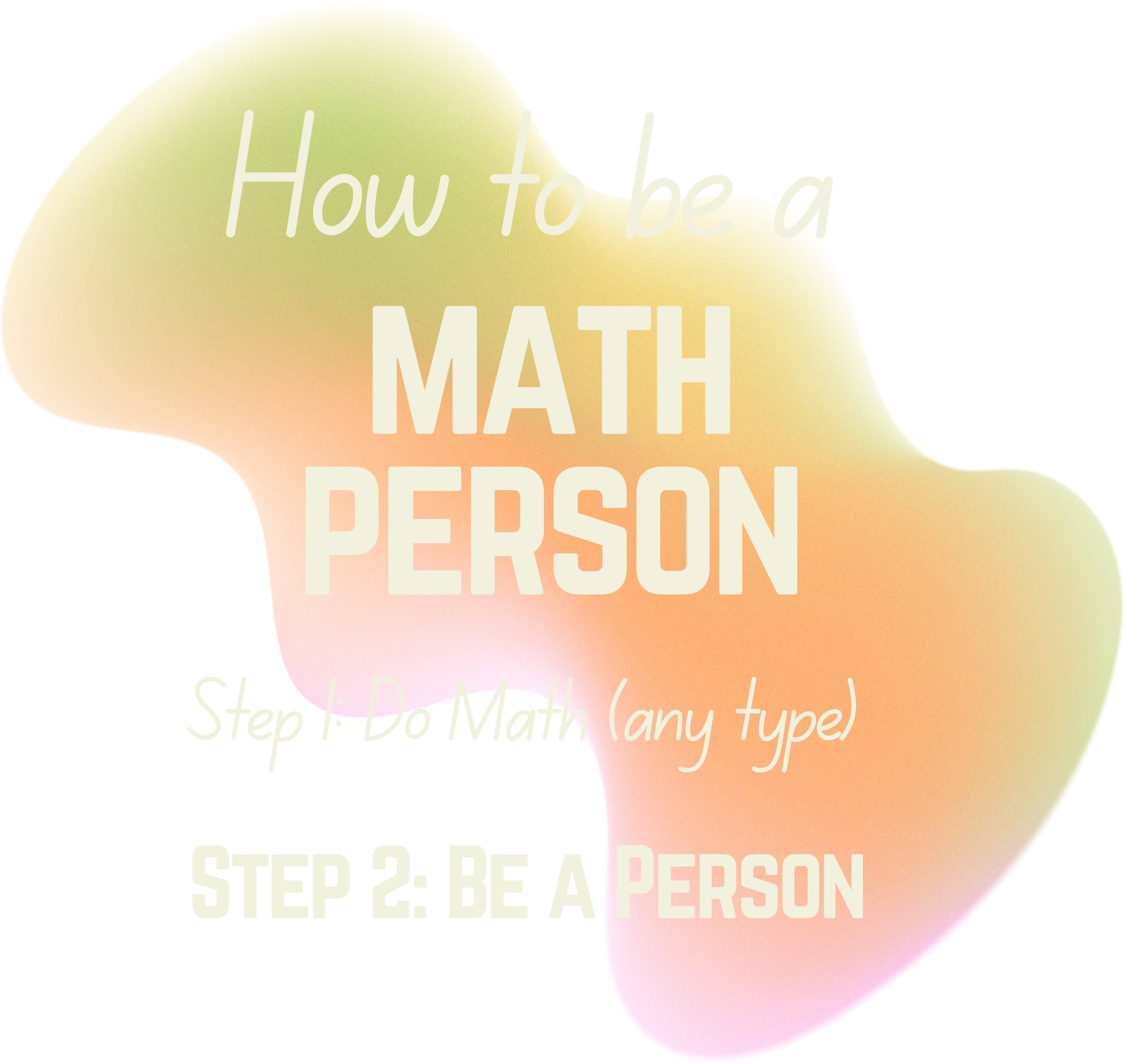1 What is Math Anxiety?
Math anxiety has been defined by researchers as a “feeling of tension apprehension or fear that interferes with math performance” (Ashcraft, 2002). This anxiety can range from mild uneasiness to intense distress and is most often triggered by math tests, timed tasks, or being asked to perform math in public settings, such as at the board or during group work.
Unlike general anxiety, math anxiety is specific to mathematical contexts. it can be situational, appearing only during certain activities, or it can be chronic and influence a student’s entire attitude toward the subject. Importantly math anxiety can begin early, sometimes as young as kindergarten or first grade, especially when students encounter pressure, fear of failure, or negative comparisons to others.
Math anxiety doesn’t always look like fear. In younger students, it may show up as avoidance (“I don’t want to do this”), perfectionism (“I can’t get it wrong”), or disengagement (“This is boring”). Other students may display physical symptoms such as fidgeting, headaches, or feeling sick before tests. As students get older they may express defeatist beliefs like “I’m not I’m just not a math person” or “I’ll never be good at this.”
Overtime this anxiety can erode motivation, reduce classroom participation, and create a cycle of underachievement even when students have the potential to succeed.

Math anxiety operates on both cognitive and emotional levels. Cognitively, it affects working memory, the mental space we use to hold and manipulate information. According to Beilock and Maloney (2015) math anxiety can reduce working memory capacity, making it harder to focus, recall strategies, or think clearly during problem solving.
Emotionally, math anxiety is tied to student self-concept and prior experiences. Repeated failure, embarrassment in front of peers, high stakes testing, or messages from adults (“I was never good at math either”) can all contribute to the development of anxiety. Even well-meaning pressure from parents or teachers can have a negative effect if it emphasizes speed or perfection over understanding and growth.

Math anxiety is more common than many people think. It affects students across all grade levels and ability levels, struggling students, high achievers, and even adults. Some studies estimate that up to 50% of students experience some form of math anxiety at some point in their schooling.
It’s also important to note that math anxiety does not impact everyone equally. Research suggests that girls and students from marginalized groups may experience higher levels of math anxiety due to stereotype threat or societal messages about ability. In addition, students with learning differences such as dyscalculia or ADHD may be at increased risk due to ongoing difficulties and past negative experiences.
The elementary years are a critical window. By identifying and addressing math anxiety early we can prevent it from becoming entrenched and interfering with long term academic and emotional development. Interventions during this time are not only more effective, but they can also change the trajectory of a child’s relationship with math for the better.
Recognizing the signs, creating low pressure environments, and validating student feelings are essential first steps. When educators and parents work together to build safe, supportive, and joyful math learning experiences, students are more likely to develop both competence and confidence.
